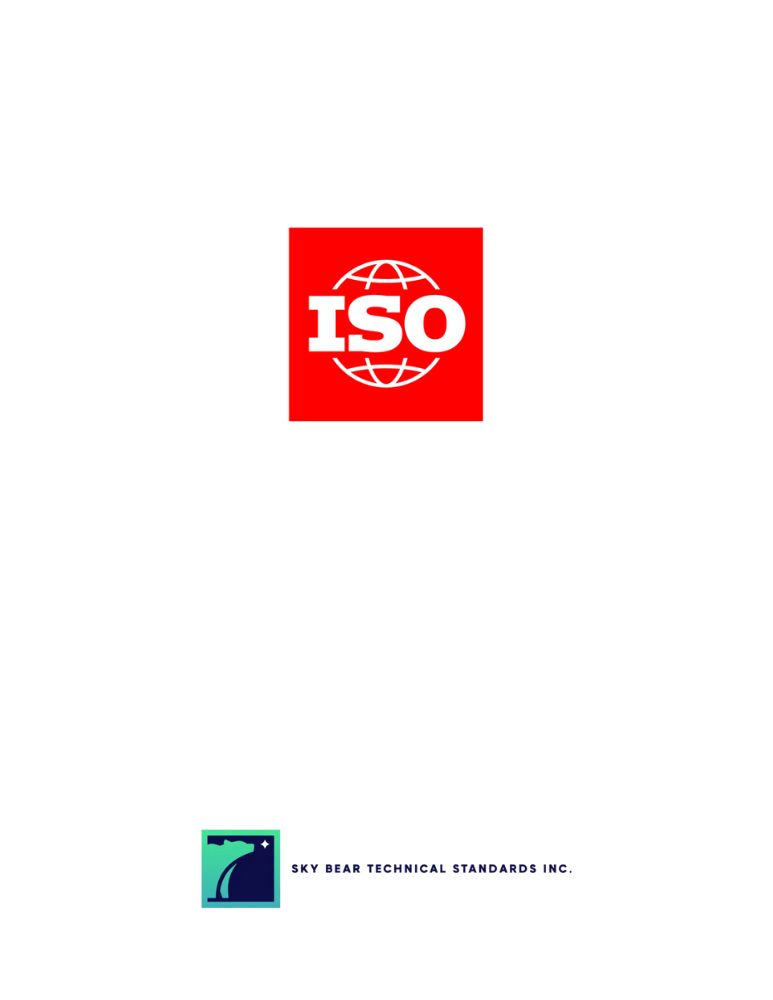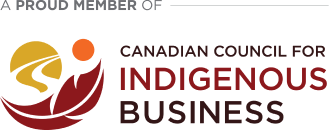Your cart is currently empty!

ISO 22125:2019
ISO 22125:2019 Water quality – Technetium-99 – Part 1: Test method using liquid scintillation counting
CDN $233.00
Description
This document specifies a method for the measurement of 99Tc in all types of waters by liquid scintillation counting (LSC).
The method is applicable to test samples of supply/drinking water, rainwater, surface and ground water, as well as cooling water, industrial water, domestic, and industrial wastewater after proper sampling and handling, and test sample preparation. A filtration of the test sample is necessary.
The detection limit depends on the sample volume and the instrument used. The method described in this document, using currently available LSC instruments, has a detection limit of approximately 5 Bq·kg−1 to 20 Bq·kg−1, which is lower than the WHO criteria for safe consumption of drinking water (100 Bq l−1)[3]. These values can be achieved with a counting time of 30 min for a sample volume varying between 14 ml to 40 ml. The method presented in this document is not intended for the determination of ultra-trace amount of 99Tc.
The activity concentration values in this document are expressed by sample mass unit instead of sample volume unit as it is usually the case in similar standards. The reason is that 99Tc is measured in various matrix types such as fresh water or sea water, which have significant differences in density. The activity concentration values can be easily converted to sample volume unit by measuring the sample volume. However, it increases the uncertainty on the activity concentration result.
The method described in this document is applicable in the event of an emergency situation, but not if 99mTc is present at quantities that could cause interference and not if 99mTc is used as a recovery tracer.
The analysis of Tc adsorbed to suspended matter is not covered by this method.
It is the user’s responsibility to ensure the validity of this test method for the water samples tested.
Edition
1
Published Date
2019-11-07
Status
PUBLISHED
Pages
21
Format 
Secure PDF
Secure – PDF details
- Save your file locally or view it via a web viewer
- Viewing permissions are restricted exclusively to the purchaser
- Device limits - 3
- Printing – Enabled only to print (1) copy
See more about our Environmental Commitment
Abstract
This document specifies a method for the measurement of 99Tc in all types of waters by liquid scintillation counting (LSC).
The method is applicable to test samples of supply/drinking water, rainwater, surface and ground water, as well as cooling water, industrial water, domestic, and industrial wastewater after proper sampling and handling, and test sample preparation. A filtration of the test sample is necessary.
The detection limit depends on the sample volume and the instrument used. The method described in this document, using currently available LSC instruments, has a detection limit of approximately 5 Bq·kg−1 to 20 Bq·kg−1, which is lower than the WHO criteria for safe consumption of drinking water (100 Bq l−1)[3]. These values can be achieved with a counting time of 30 min for a sample volume varying between 14 ml to 40 ml. The method presented in this document is not intended for the determination of ultra-trace amount of 99Tc.
The activity concentration values in this document are expressed by sample mass unit instead of sample volume unit as it is usually the case in similar standards. The reason is that 99Tc is measured in various matrix types such as fresh water or sea water, which have significant differences in density. The activity concentration values can be easily converted to sample volume unit by measuring the sample volume. However, it increases the uncertainty on the activity concentration result.
The method described in this document is applicable in the event of an emergency situation, but not if 99mTc is present at quantities that could cause interference and not if 99mTc is used as a recovery tracer.
The analysis of Tc adsorbed to suspended matter is not covered by this method.
It is the user's responsibility to ensure the validity of this test method for the water samples tested.
Previous Editions
Can’t find what you are looking for?
Please contact us at:
Related Documents
-

ISO 59004:2024 Circular economy – Vocabulary, principles and guidance for implementation
0 out of 5CDN $351.00 Add to cart -

ISO 20670:2023 Water reuse – Vocabulary
0 out of 5CDN $173.00 Add to cart -

ISO 21120:2025 Machinery for forestry – Forestry mulching equipment – Terms, definitions and commercial specifications
0 out of 5CDN $173.00 Add to cart -

ISO 1990:1982 Fruits – Nomenclature – First list
0 out of 5CDN $115.00 Add to cart






